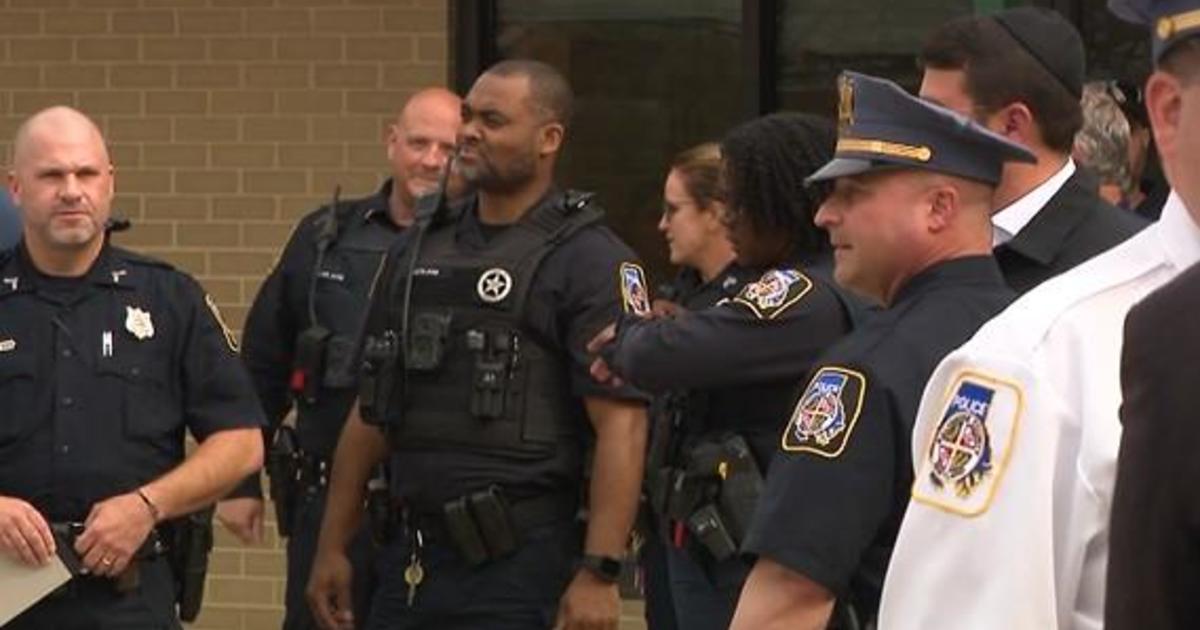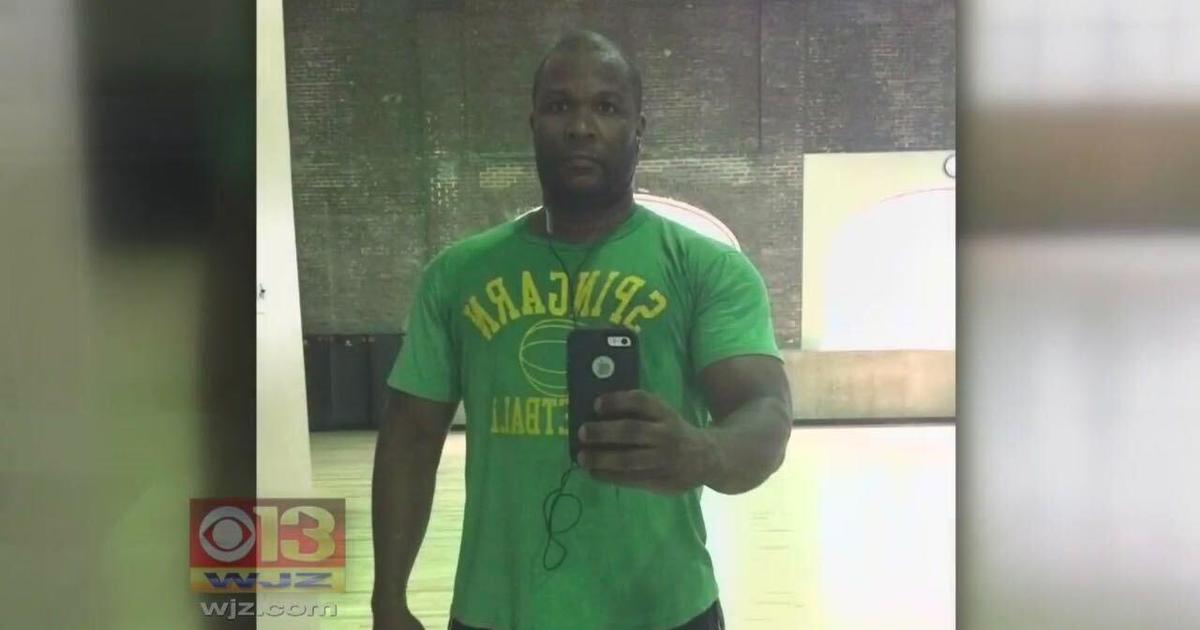Baltimore Police release draft map of new 'data driven' districts
BALTIMORE -- Baltimore police have released a draft map with the first boundary changes to the department's nine districts in decades.
Under the proposal, some of the biggest changes would come to the Central, Eastern and Southeastern districts. The Eastern would lose several neighborhoods to the Central (Johnston Square, Oldtown and Penn-Fallsway) and Southeastern (Middle East, Madison-Eastend and Biddle Street), while expanding into neighborhoods that were previously part of the Northeastern, such as Clifton Park, Coldstream Homestead Montebello and Berea.
Other noteworthy changes: the Western would take Bolton Hill, Upton and Reservoir Hill from the Central; the Central would take Fells Point, Little Italy, Jonestown and a couple other neighborhoods from the Southeastern; the Southwestern would lose 10 areas in the northern part of its current coverage area and take several neighborhoods from the Southern and Western, reaching the edge of downtown.
In a news release, Mayor Brandon Scott's office said the new map will reunite 18 neighborhoods previously divided by district lines, provide more of a workload balance for each district and optimize resources for "smarter policing."
"Population, workload, crime trends, even individual neighborhoods have changed dramatically over the past years," said Scott.
Back in May, when the city started the process of redistricting, Scott said the the boundaries have not undergone significant changes since 1959.
According to the most recent census data, Baltimore's population has dropped to 585,708 residents, compared with 939,024 people in 1960. Some neighborhoods have grown in that time, while others are now home to some of the city's estimated 15,000 vacant homes.
The mayor said he's pushed for amending the map since his days on the city council.
In 2019, state Sen. Cory McCray sponsored legislation, SB 39, requiring the city and police commissioner to adjust the boundaries of the police districts after each decennial census. The bill passed, tying boundary changes to the most recent count, in October 2020.
"As a part of this data-driven process, it is critically important that we consider all of the available crime statistics, in addition to the valuable input from our communities," said Police Commissioner Michael Harrison. "Our goal is to bring about a renewed sense of safety and inclusion. Restoring the balance of manpower and efficient allocation of resources across Baltimore brings us one step closer to making the Department a premier law enforcement agency."
More than 400 residents submitted feedback about their current districts through a public feedback form, the mayor's office said. Some respondents said certain neighborhoods wanted to be reunited or to have communities with similar challenges grouped together.
The BPD is seeking feedback on the proposed map. Residents can submit their opinions at baltimorepolice.org/redistricting through July 28.




